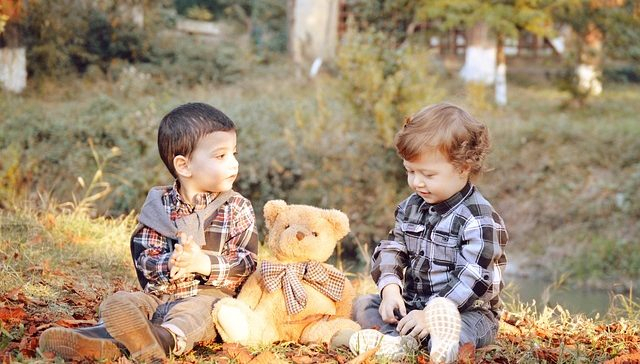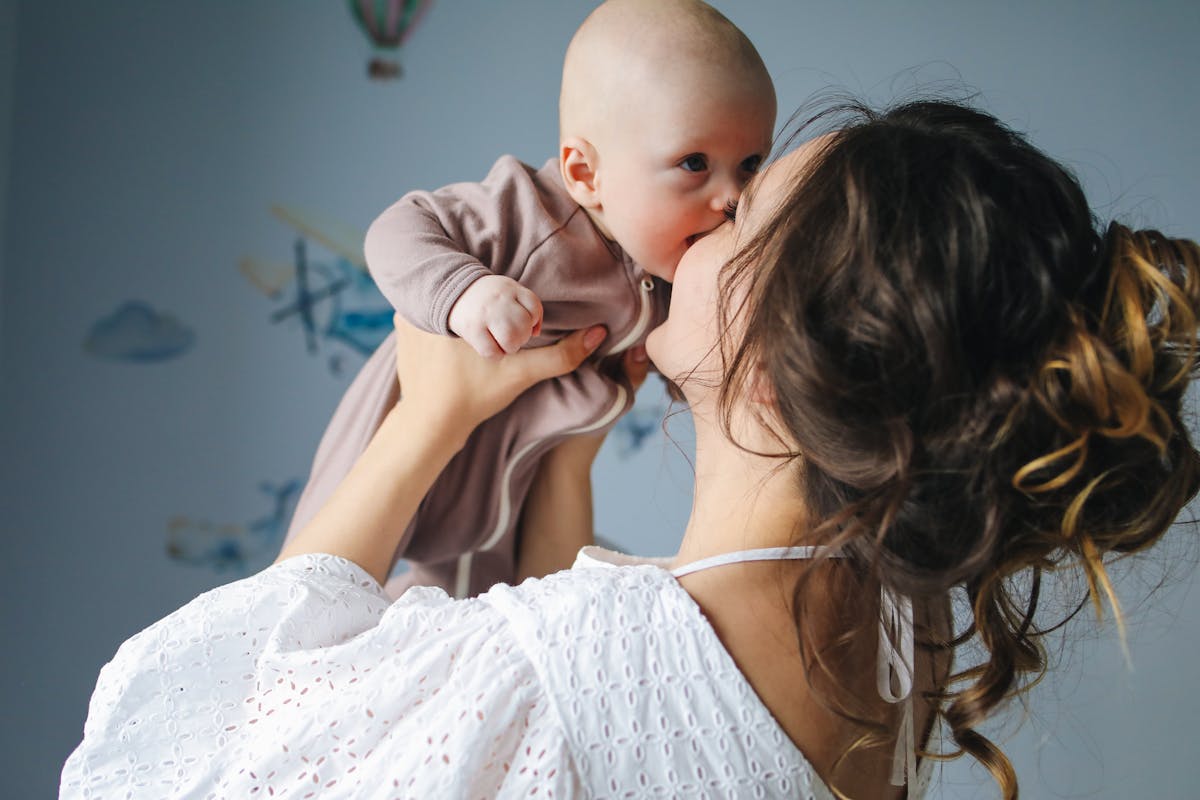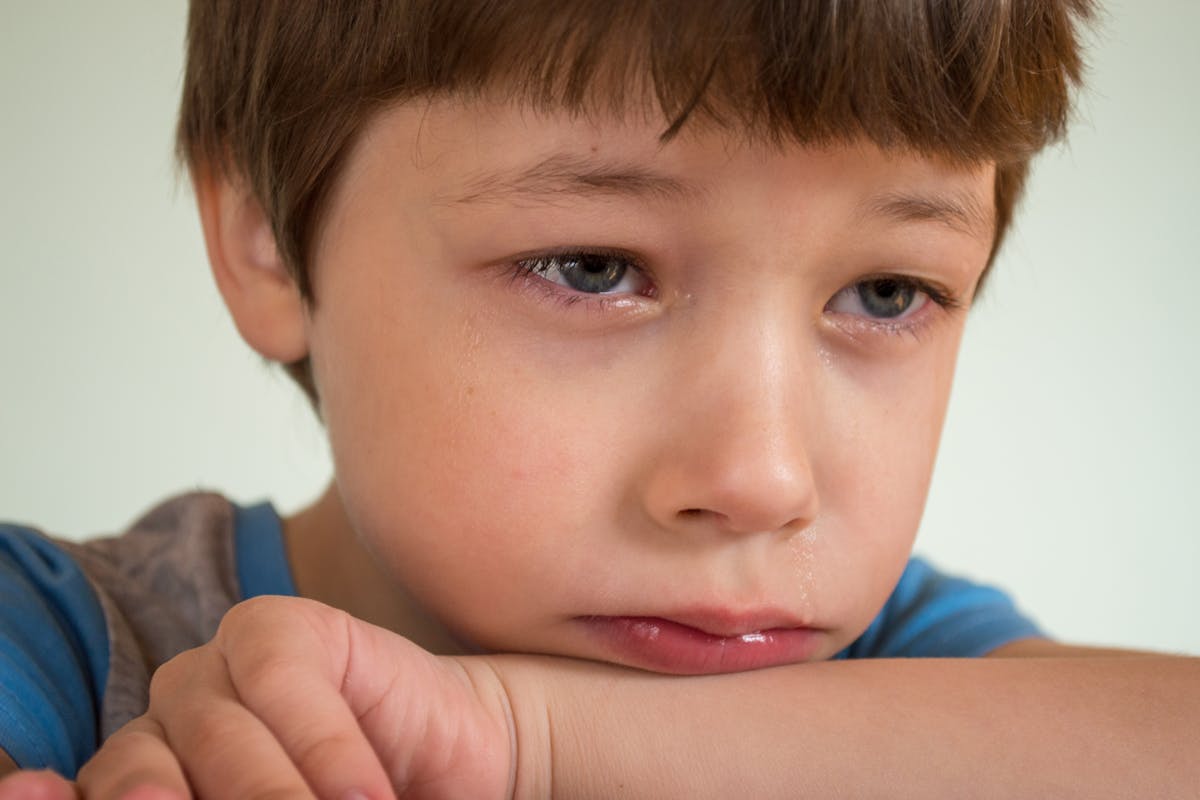A large number of children are struggling with autumn viruses – some cough for weeks, others vomit and have diarrhea, while others cannot get rid of high fever.
Just when a child recovers, they are fine for a couple of weeks, and then it all starts over again – a new virus, another visit to the pediatrician, more therapy, and some children even end up in the hospital - writes the portal Biti roditelj!
If we go back a few decades, it really wasn’t like this! At that time, there were usually three to four infectious diseases in groups: sore throat, cough, occasional diarrhea, and the flu when winter came. All of that was somehow treated quickly, and viruses usually lasted in line with the old saying: “seven days without therapy, and a week with medication”. Children used to get sick less often – there were some sensitive little ones who were frequently absent from kindergarten or school, but the vast majority of children rarely saw a pediatrician.
Now it’s somehow all different, viral infections drag on for weeks, waiting rooms are crowded, just like children’s hospitals. This is the case every autumn, and this changeable summer (if it can even be called that) seems to have only made things worse.
There are many questions from parents that this text addresses, so let’s go step by step:
Why does my child constantly have a runny nose and cough for weeks, but no high fever?
There is a huge number – over 200 types of viruses that attack children’s respiratory organs! Unfortunately, there is no cross immunity among these viruses.
This means that a child can catch virus type 12, and just a few days after recovery “pick up” type 24, then 8, then 101, and so on until spring! Although these are different virus types, they have the same or similar symptoms, so it seems to parents that the child is constantly sick “with the same virus”, while in fact it is a series of infections. Fortunately, for the vast majority of children these are harmless colds, which very rarely cause complications. The flow of mucus from the nose to the throat causes coughing, but most children do not have problems with bronchi and lungs.
How come a cold is a viral infection – isn’t it caused by drafts?
A cold is indeed a viral disease!
There is a large group of respiratory viruses that cause colds (they are literally called “cold viruses”), and they are very widespread. They attack the upper respiratory tract – primarily the nose, which is why children sneeze, have runny noses, and sometimes cough. Drafts do not cause colds, but cold air helps these viruses spread, which is why these infections usually occur in autumn or winter, especially when sudden weather changes happen. They are easily transmitted through droplets – by sneezing and coughing, but also by direct contact with a sick child. That’s why so many children (and adults) have colds these days and weeks.
How does the weather affect infections?
Sudden weather changes benefit different microorganisms. Warmer autumn days favor viruses that cause digestive system infections with vomiting and diarrhea, while colder days are preferred by viruses that attack the respiratory organs.
Unfortunately, there are also bacteria that thrive in “warm–cold” conditions, which further complicates the situation. On the other hand, it is important to know that children are also meteoropaths – it is known that even unborn babies feel climate changes.
Why do children in kindergartens and schools get sick more often?
This is a logical consequence of a larger number of children of the same or similar age staying in the same closed space. Kindergartens are places where healthy children should socialize, but that is not always the case. The larger the group, the greater the chance that someone will bring in a virus and infect the others.
There is a lot of pressure on parents to work and leave their children in kindergarten even when they are sick. This is simply not fair to other children, but it is also unhealthy for the sick child who came to the group. A sick child will quickly infect nearby children, but will also (due to weakened immunity during the infection) be in danger of catching a new virus or bacterium from another sick child who was also brought to kindergarten.
Can a sick child go to kindergarten or school?
We know that taking sick leave is not easy, but this must not be more important than the child’s health. Therefore, sick children should recover first, and only then return to the group! There is no compromise here. A sick child is dangerous for healthy children, but their own immunity is weakened, so in a group they can more easily “catch” a new virus.
This, of course, does not apply to children who have a simple cold – their nose runs a little, they cough here and there, but they have no fever, eat well, and are active. It is a generally accepted view that these children can attend kindergarten. In this case, it is a banal cold and “virus exchange” is acceptable because children slowly become immune to viruses and over time become more resistant. Naturally, this does not apply to children with fever, nor to children who cough persistently (in attacks, almost without stopping). For them, there is no group until they recover.
Do adults bring viruses into the home?
Sometimes look at your throat in the mirror – you will often see it red, but you don’t have any symptoms. These are viruses we got used to long ago, but they can make small children sick, although this is not the main reason for the significant increase in infections among children. The exception is babies in the first months of life – they must strictly be protected from contact with the sick, even family members who have a common cold. Don’t let sick people near the baby, even if someone gets angry – better an angry relative than a sick baby!
Is it urgent to go to the pediatrician as soon as the nose starts running and the child coughs?
It is not urgent!
If the child starts coughing, especially if the cough worsens while lying down, but there is no fever and the child is in good spirits – there is no need to rush to the doctor. You should strengthen the “nose care”, possibly give some herbal syrup that reduces cough irritation, and wait for the child to recover.
When is it time to see a pediatrician?
Here are the situations that require a pediatrician’s check-up:
- The appearance of high fever accompanied by cough and nasal discharge
- Rapid and labored (“wheezing”) breathing
- A cough that sounds like a “dog’s bark” and breathing that is “harsh” (stridor)
- The child suddenly loses liveliness – becomes irritable, cranky, and only wants to lie down
- Refusal to eat, nausea, vomiting (with or without diarrhea)
- Cough attacks that do not subside despite herbal syrups
How to strengthen a child’s immunity?
We are overwhelmed with various products that “boost” immunity, and too often we forget the pillars of healthy immunity: healthy food, healthy sleep, and healthy physical activity! There is NO substitute for these! Whoever invents and produces an effective immunity stimulator that guarantees victory over viruses will win a Nobel Prize in medicine and a lot of money from pharmaceutical companies! That simply does not exist now.
Healthy nutrition is the main pillar of strong immunity! From an early age, children should eat healthily, and this pattern will stay for life! The more fresh fruits and vegetables, whole grains, unrefined oil, natural – freshly squeezed fruit and vegetable juices, the better the support for immunity. This is the optimal way for a child to get the necessary vitamins and minerals in an ideal balance, best absorbed by the body. This is simply impossible to achieve with syrups and tablets.
A child’s need for sleep is so strong that it just needs to be followed. For preschoolers, sport should be organized play that will lay the foundation for healthy sports activity in later years.
Can vitamin C cure viral infections?
Unfortunately, no!
It is completely clear that vitamin C cannot cure viral infections. Therefore, it is completely wrong to give children large doses of vitamin C to cure colds and other viral infections. This can even be dangerous, as it may lead to vomiting (in some cases diarrhea), bearing in mind that vitamin C is ascorbic acid which can irritate children’s stomachs. The conclusion is obvious – it is good for children to eat fresh fruits and vegetables, and then they will get enough vitamin C (and other vitamins and minerals), primarily in terms of preventing viral diseases.
And probiotics, we know they are effective for diarrhea, but can they also help with respiratory infections?
Yes, they can help in the PREVENTION of viral respiratory infections!
At first glance it seems illogical – how can intestinal immunity affect immunity against viral infections? The answer is simple and logical – the intestines are the largest immune organ in the human body, as over 70% of the total immune cells of the body are located in their walls. Therefore, it is clear that there is NO immune process in the body that can be isolated from the largest immune organ of our body!












